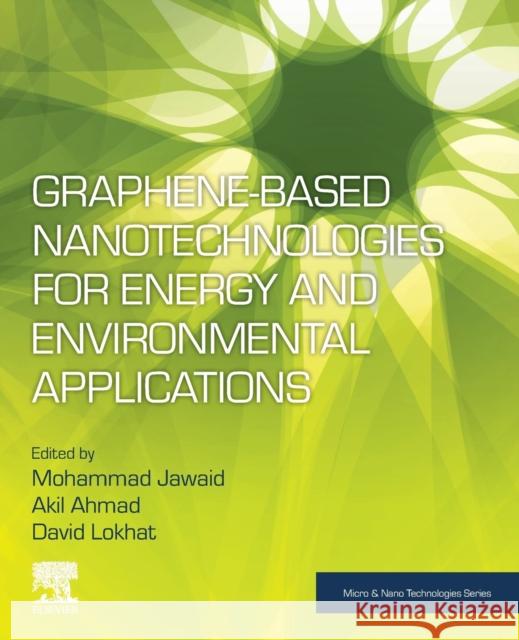Graphene-Based Nanotechnologies for Energy and Environmental Applications » książka
topmenu
Graphene-Based Nanotechnologies for Energy and Environmental Applications
ISBN-13: 9780128158111 / Angielski / Miękka / 2019 / 446 str.
Kategorie:
Kategorie BISAC:
Wydawca:
Elsevier
Seria wydawnicza:
Język:
Angielski
ISBN-13:
9780128158111
Rok wydania:
2019
Numer serii:
000361301
Ilość stron:
446
Waga:
0.76 kg
Wymiary:
23.5 x 19.05 x 2.29
Oprawa:
Miękka
Wolumenów:
01
Dodatkowe informacje:
Bibliografia











